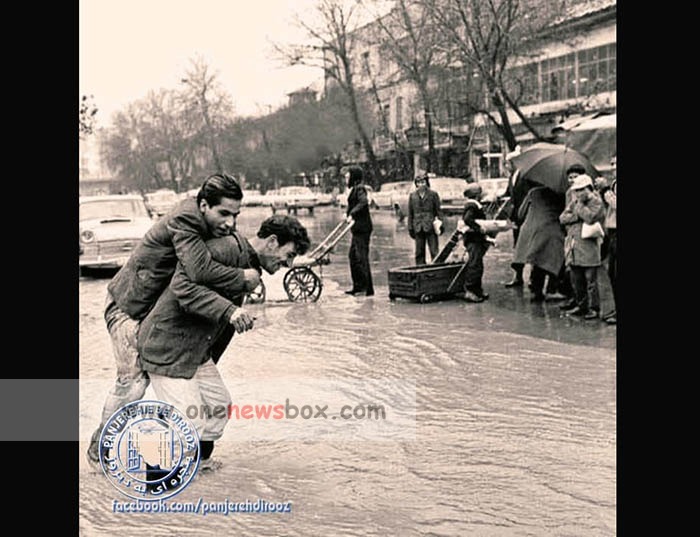- Resilience and Recovery: Despite the considerable damage, Tehran displayed remarkable resilience in its recovery. The community came together, with businesses reopening quickly and local residents pitching in to help clear debris and restore the affected areas. In the face of the disaster, there was a collective effort to rebuild and improve the city’s flood preparedness. Over time, Tehran would emerge as a city with stronger infrastructure, though the lessons learned from the 1968 floods would continue to shape its urban development for decades.
Conclusion
The floods that struck Tehran on January 10, 1968, were a pivotal moment in the city’s history, serving as a powerful reminder of the vulnerability of urban centers to the forces of nature. The areas near the Finance Palace, Sur-e-Srafil, the National Bank, and Darupakhsh Pharmaceutical Company all faced significant damage, and the event had far-reaching consequences in terms of infrastructure, urban planning, and the overall resilience of the city.
While the immediate damage was severe, the response to the flood set the stage for important reforms in Tehran’s approach to urban planning and disaster management. The lessons learned from this event have continued to influence the city’s development, with a focus on minimizing the risks posed by natural disasters, improving infrastructure, and building a more resilient urban environment.
The 1968 flood may have been a tragedy, but it ultimately helped shape a more modern, prepared Tehran, one that continues to face challenges but also stands as a testament to the strength and perseverance of its people.

